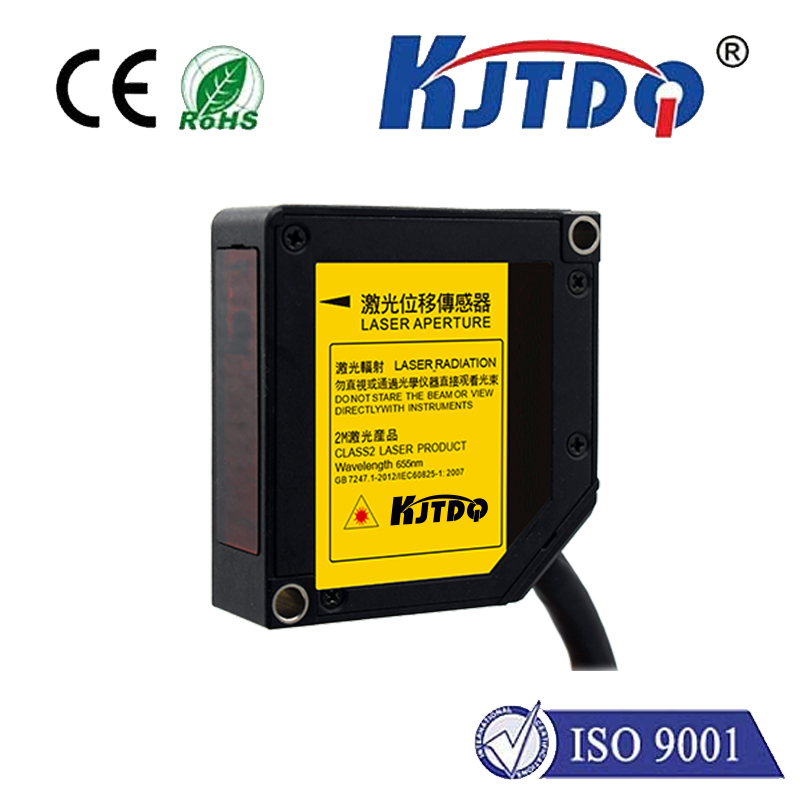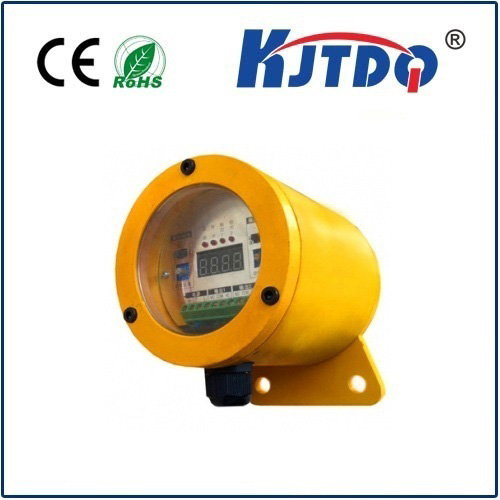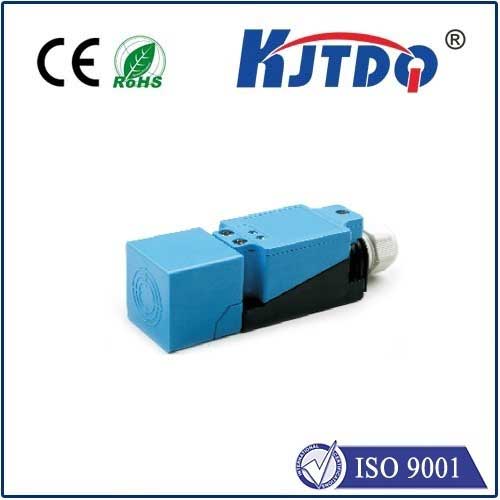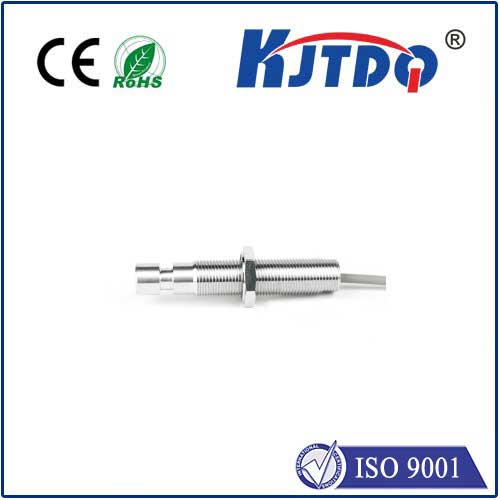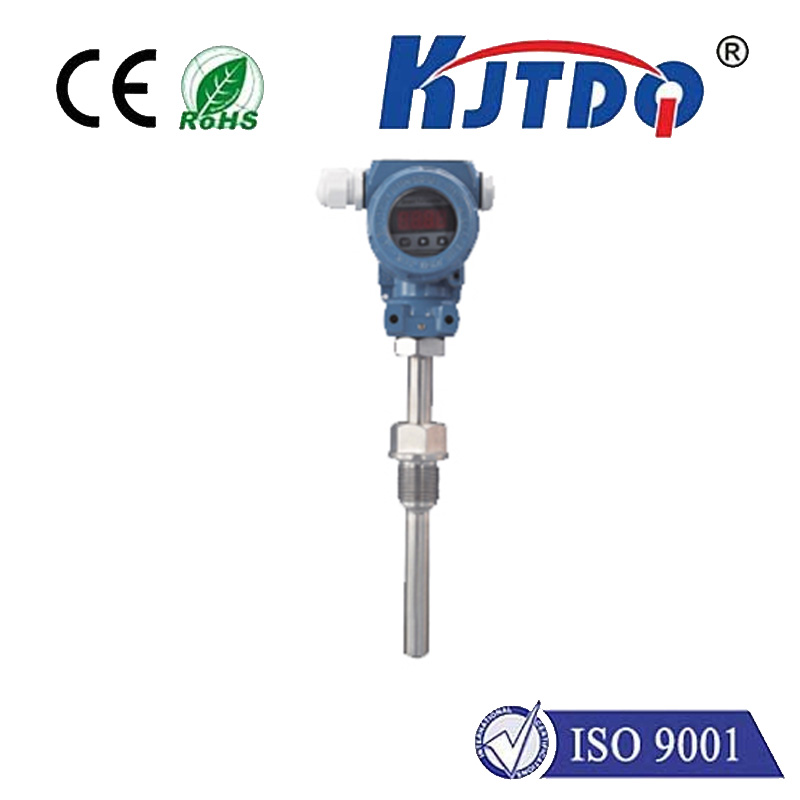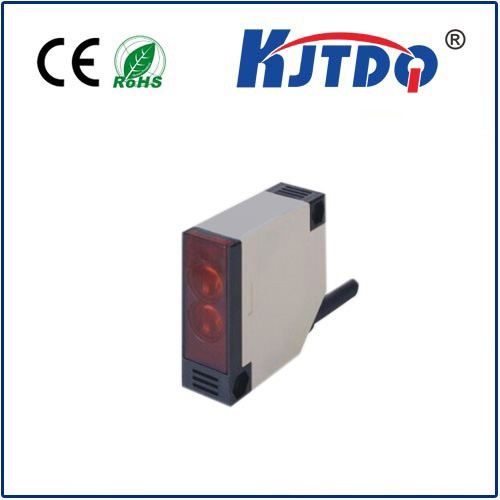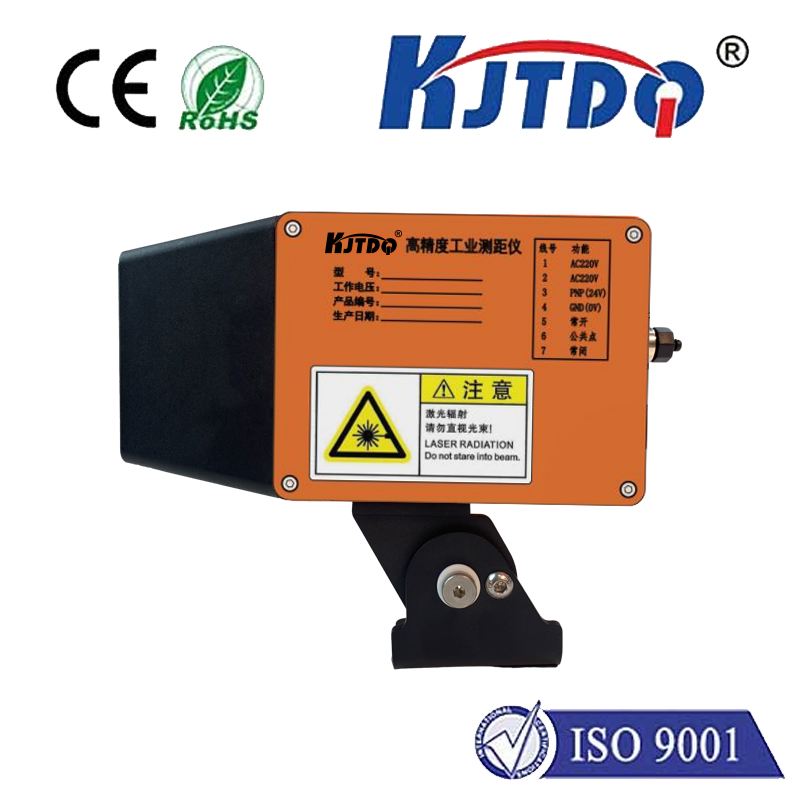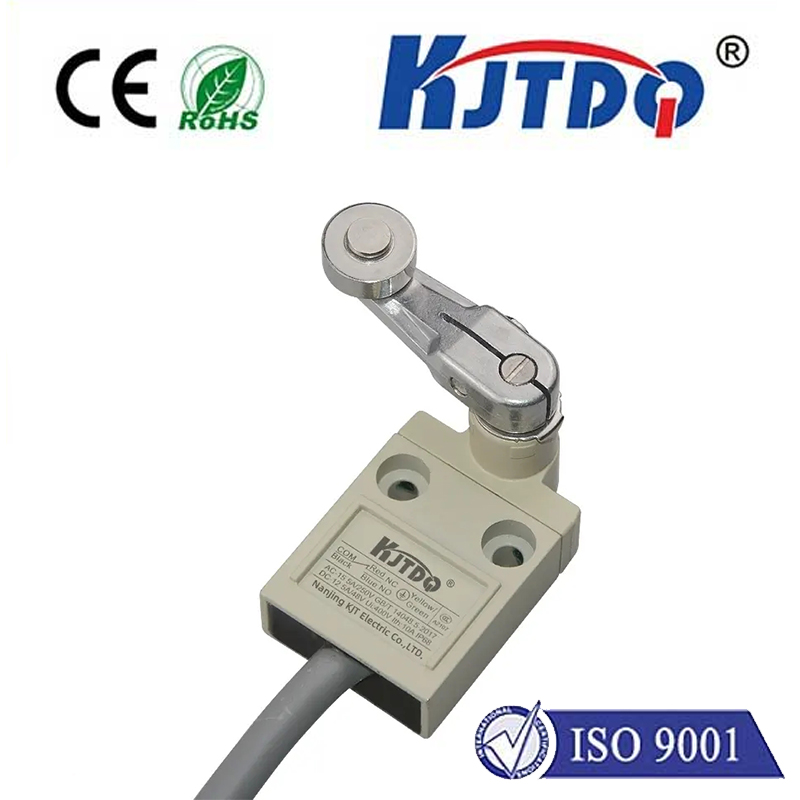miniature pressure sensor
- time:2025-08-19 09:55:46
- Нажмите:0
The Mighty Miniature: How Tiny Pressure Sensors Are Revolutionizing Modern Technology
Imagine technology so small it fits on the tip of your finger, yet powerful enough to monitor vital life signs, optimize complex machinery, and unlock new frontiers in consumer devices. Welcome to the world of miniature pressure sensors – unassuming components driving monumental change across countless industries. Where bulky gauges once dominated, these microscopic marvels now deliver precision, reliability, and unprecedented integration possibilities, fundamentally reshaping how we measure and respond to pressure in our environment.
The Shrinking World of Sensing: More Than Just Size
The term “miniature pressure sensor” refers to pressure transducers specifically engineered with a significantly reduced form factor. While size is the most obvious characteristic – often measuring just millimeters in width and height – the true revolution lies in what this miniaturization enables. It’s not simply about being small; it’s about enabling functionality and accessibility previously impossible. These sensors translate applied pressure (gas or liquid) into a precise electrical signal, maintaining or even exceeding the accuracy standards of their larger predecessors. The shift is as dramatic as moving from room-sized computers to today’s powerful smartphones.
The Engine Behind the Miniaturization: MEMS Technology

The driving force behind this dramatic downsizing is predominantly Micro-Electro-Mechanical Systems (MEMS) technology. MEMS involves fabricating tiny mechanical structures, moving parts, and electronics directly onto semiconductor materials, typically silicon, using specialized microfabrication techniques similar to those used for computer chips.
- MEMS Pressure Sensors: The most common type of miniature sensor. They often feature a thin silicon diaphragm that deflects under pressure. Tiny piezoresistive elements embedded in the diaphragm change resistance when strained, providing a measurable electrical output proportional to the pressure. Capacitive MEMS sensors measure the change in capacitance between the diaphragm and a fixed electrode as the diaphragm moves. MEMS manufacturing allows for mass production, consistent performance, and integration with signal conditioning electronics on a single chip.
- Piezoelectric Sensors: Utilize materials (like quartz or certain ceramics) that generate an electrical charge when mechanically stressed. While inherently compact and excellent for dynamic pressure measurement (rapid changes), they typically require more complex support circuitry than integrated MEMS solutions.
- Other Technologies: Optical and resonant sensing principles are also being explored for niche miniature applications, offering unique advantages like immunity to electromagnetic interference.
Materials and Design: The Unsung Heroes
Creating robust yet diminutive sensors demands advanced materials science. Silicon remains the substrate king for MEMS, but specialized coatings and packaging materials are critical:
- Diaphragm Materials: Engineered silicon variants offer specific stiffness and deflection characteristics.
- Media Compatibility: Protective gels (like silicone oil), specialized thin-film coatings, or stainless steel isolation diaphragms shield sensitive internal elements from corrosive or extreme process media.
- Packaging: Tiny ceramic or plastic packages protect the delicate die while providing electrical connections and often incorporating essential signal conditioning.
Where Small Makes a Big Impact: Applications Unleashed
The integration of miniature pressure sensors unlocks possibilities in fields where space is premium or entirely new sensing points are required:
- Medical & Healthcare: This is arguably the most transformative domain.
- Catheters & Guidewires: Tiny sensors mounted directly on catheters provide real-time blood pressure measurements inside arteries and the heart (intravascular pressure), crucial for diagnostics and procedures like angioplasty.
- Wearable Health Monitors: Integrated into smartwatches and patches for continuous blood pressure estimation (indirectly), breathing pattern analysis, and sleep apnea detection.
- Drug Delivery Systems: Precisely control infusion rates and pressures in insulin pumps and other automated delivery devices.
- Ventilators & Respiratory Therapy: Monitor airway pressure for safe and effective patient breathing support.
- Implantable Devices: Potential for monitoring internal pressures (e.g., intraocular, intracranial) long-term, though biocompatibility challenges remain significant.
- Industrial Automation & Process Control:
- Embedded Machine Monitoring: Monitor hydraulic/pneumatic line pressure within compact machinery components and robots for predictive maintenance and performance optimization.
- HVAC Systems: Improve efficiency in building climate control through precise duct static pressure measurements.
- Portable Test & Measurement Equipment: Handheld diagnostic tools benefit immensely from small, accurate pressure probes.
- Level Sensing: Used in conjunction with other principles for tank level monitoring.
- Consumer Electronics & IoT:
- Smartphones & Tablets: Enable barometric pressure measurement for weather forecasting, altitude estimation, and enhanced indoor navigation.
- Drones (UAVs): Critical for altitude hold (barometric pressure) and airspeed measurement via pitot tubes.
- Wearables (Beyond Health): Altitude tracking for hiking/fitness watches, water pressure sensing in ruggedized sports watches.
- Smart Home Appliances: Used in vacuum cleaners for suction control, coffee machines for pump pressure monitoring, and washing machines.
- Automotive & Transportation:
- Engine Management: Monitor manifold absolute pressure (MAP) for precise fuel injection control (often using MEMS).
- Tire Pressure Monitoring Systems (TPMS): Sensors mounted inside tire valves provide constant pressure readings to the driver.
- Braking Systems (Advanced): Contribute to sophisticated brake pressure monitoring.
- Airbags: Trigger deployment based on rapid pressure changes during collision events.
- Воздушно - космические и Оборона:
- Avionics: Essential for air data systems measuring static and dynamic pressure for altitude, airspeed, and vertical speed (using pitot-static tubes with miniature sensors).
- Rocket Propulsion: Monitor fuel/oxidizer pressures in compact engine compartments.
- Portable Equipment: Rugged miniature sensors for field-deployed systems.
Choosing the Right Miniature Pressure Sensor: Key Considerations
Selecting the ideal miniature pressure sensor requires careful thought beyond just size:
| Selection Criteria |
Key Factors to Consider |
| Pressure Range |
Absolute, gauge, differential, vacuum? Required measurement span? |
| Application Environment |
Media compatibility, temperature extremes, vibration/shock exposure |
| Accuracy & Stability |
Required level of precision and long-term measurement consistency |
| Output Signal |
Analog (mV/V, mA) or digital (I2C, SPI) interface needs |
| Power Constraints |
Impact on battery-operated devices and IoT applications |
| Packaging & Ports |
Physical configuration & media connection method suitability |
| Cost & Volume |
Budget constraints and production scale considerations |
The Future is Small, Smart, and Connected
The trajectory for miniature pressure sensors points towards even greater integration, intelligence, and connectivity:
- Enhanced Integration: More sophisticated on-chip signal processing (amplification, temperature compensation, digital conversion - ASICs) creating “smarter” sensors.
- Lower Power Consumption: Critical for battery-powered and energy-harvesting IoT applications.
- Wireless Connectivity: Direct integration of low-power radios (BLE, LoRaWAN) enabling true wireless sensor nodes.
- Multi-Parameter Sensing: Combining pressure sensing with temperature, humidity, or gas sensing on a single micro-platform.
- Advanced Materials: Exploration of new materials (e.g., silicon carbide, graphene) for extreme environments and higher performance.
- AI at the Edge: Potential for localized data processing and anomaly detection directly on the sensor module.
Measuring Up to Tomorrow’s Challenges
From enabling life-saving medical interventions to optimizing global industrial processes and powering our smart devices, miniature pressure sensors are proving that size is not a limitation, but rather a catalyst for innovation. Their ability to deliver critical pressure data from previously inaccessible locations is continuously breaking down barriers, driving efficiency, enhancing safety, and opening doors to entirely new applications. As fabrication techniques advance and materials science progresses

